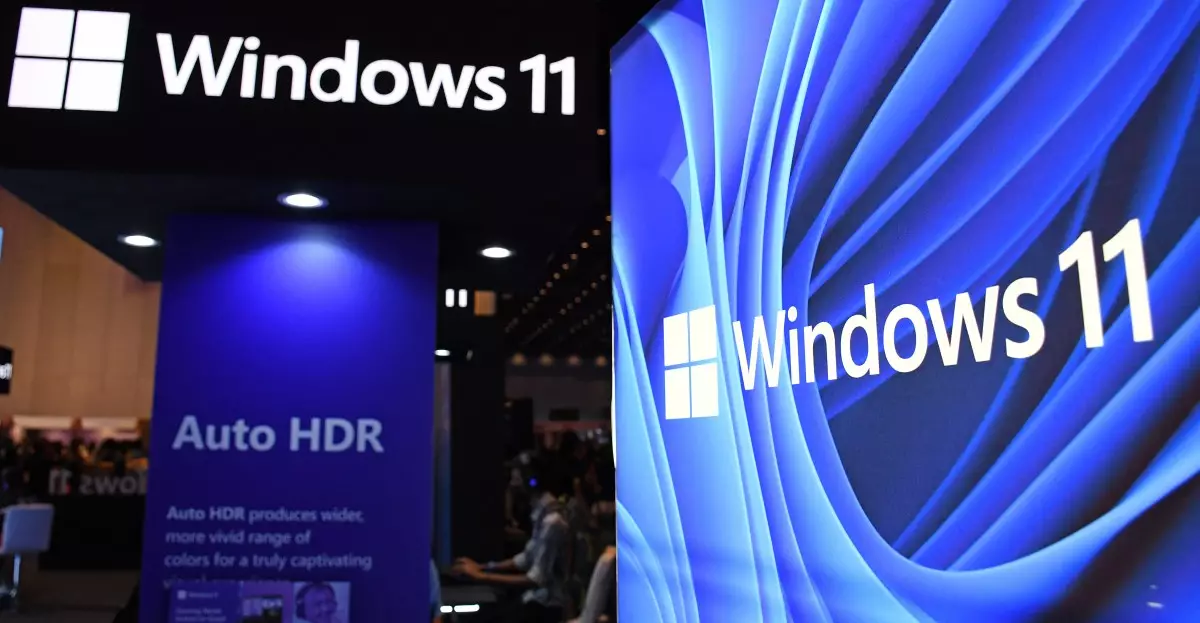In recent weeks, a wave of speculation has painted Microsoft’s Windows 11 updates as the villain responsible for widespread SSD failures, especially among drives featuring Phison controllers. Such narratives are tempting because they offer an easy scapegoat—blame the giant tech company for a myriad of technical woes. However, a closer analysis reveals that the story isn’t as black-and-white as it appears. The truth lies deeper, embedded in firmware compatibility issues and user practices, rather than an outright flaw in Microsoft’s security patches. This misdirection not only undermines a nuanced understanding of hardware-software interactions but also risks fueling unwarranted distrust in Windows updates, which are essential for security and system integrity.
The Firmware Factor: An Overlooked Piece of the Puzzle
The core of the controversy stems from a misinterpretation of the root causes. Phison, a reputable controller manufacturer, clarified that many of the failures linked to recent Windows updates occurred under conditions involving early versions of firmware and BIOS—software still in testing or not intended for consumer release. These “engineering preview” versions of firmware lack the stability needed to handle updates seamlessly. The real culprit, therefore, isn’t Microsoft’s patch itself, but the outdated or pre-release firmware that users or reviewers relied upon. When hardware runs unoptimized firmware, even minor software changes like security patches can tip the balance toward failure.
This points to a bigger issue: the importance of maintaining updated, stable firmware and BIOS versions before attributing hardware malfunctions to software updates. It underscores that even the most robust operating systems depend on underlying firmware compatibility, which users often neglect or are unaware of. The blame game simplifies a complex chain of dependencies, ignoring how critical firmware updates are for ensuring optimal hardware performance amidst changing software environments.
User Practices and the Industry’s Responsibility
Beyond firmware, user practices play a significant role in these incidents. Many consumers and even tech enthusiasts fail to routinely update their BIOS or firmware, either out of ignorance or neglect. When a major update like Windows Security patches is rolled out, it tests the entire ecosystem—from drivers to controller firmware. Failures during this phase often serve as wake-up calls, not about Microsoft’s missteps, but about user responsibility and the industry’s commitment to clarity and support.
Moreover, the industry must emphasize proactive communication about firmware updates and compatibility issues. Instead of reactive fixes after failures occur, manufacturers should prioritize pre-emptive testing and clearer guidance for end-users. Just as Microsoft prioritizes security, hardware producers should recognize that stability requires a collaborative effort involving timely firmware updates, proper testing, and user education.
By casting Microsoft as the primary villain, we ignore these systemic issues. The real lesson is in accountability—manufacturers must keep firmware current, and users need to ensure their hardware is properly maintained. Simultaneously, Microsoft’s updates are an essential part of a broader ecosystem that demands careful coordination and support.
The recent SSD failures tied to Windows 11 updates expose more about systemic weaknesses and user neglect than about any inherent flaw in Microsoft’s security patches. Both hardware manufacturers and consumers need to step up—firmware must be kept current, and users should educate themselves about proper update practices. Simplistic scapegoating not only delays meaningful solutions but also cultivates unwarranted mistrust. Understanding that hardware and software are interdependent is crucial for fostering a more resilient technology environment. Ultimately, the path forward lies in accountability, transparency, and proactive maintenance from all stakeholders involved—moving beyond blame towards a smarter, more reliable digital landscape.

